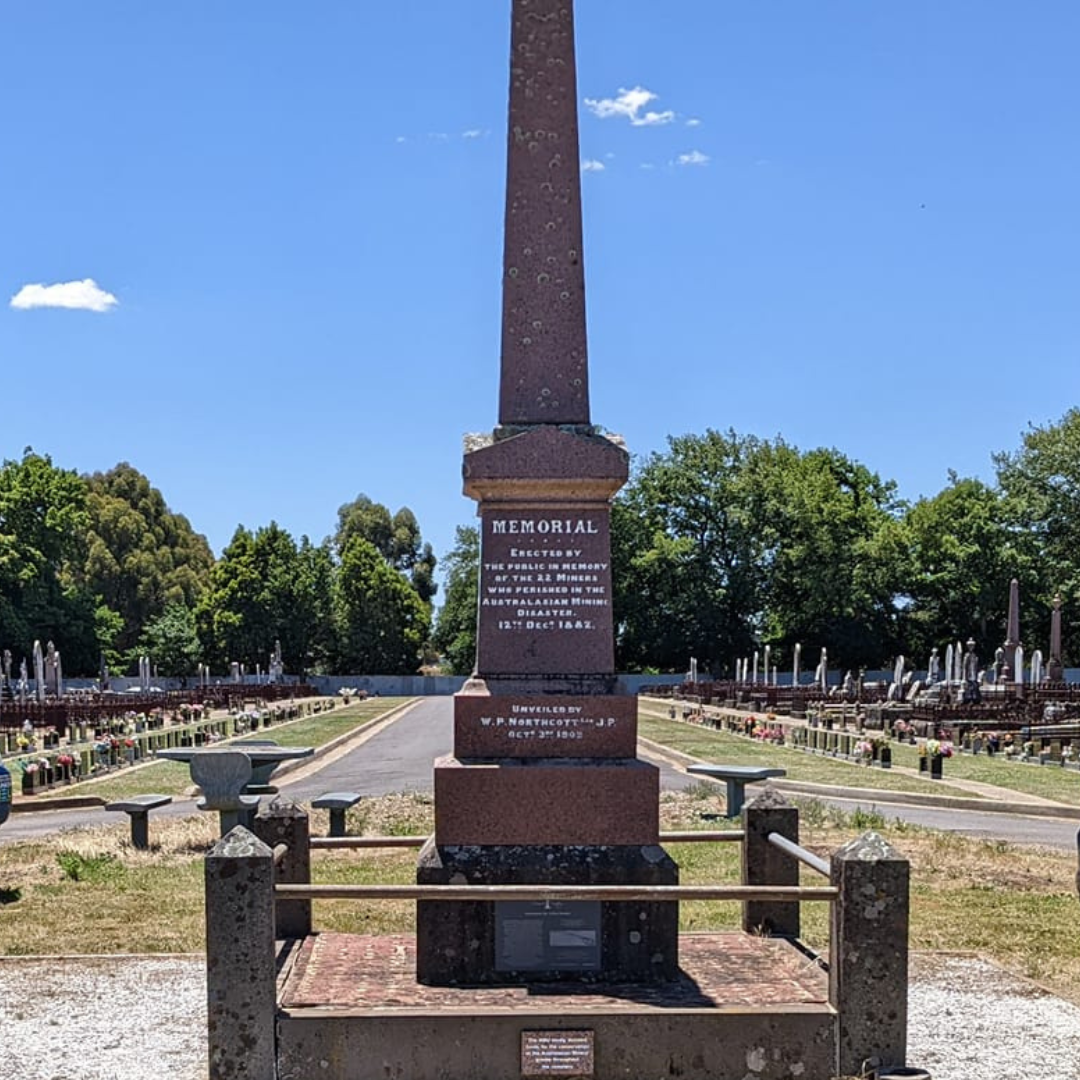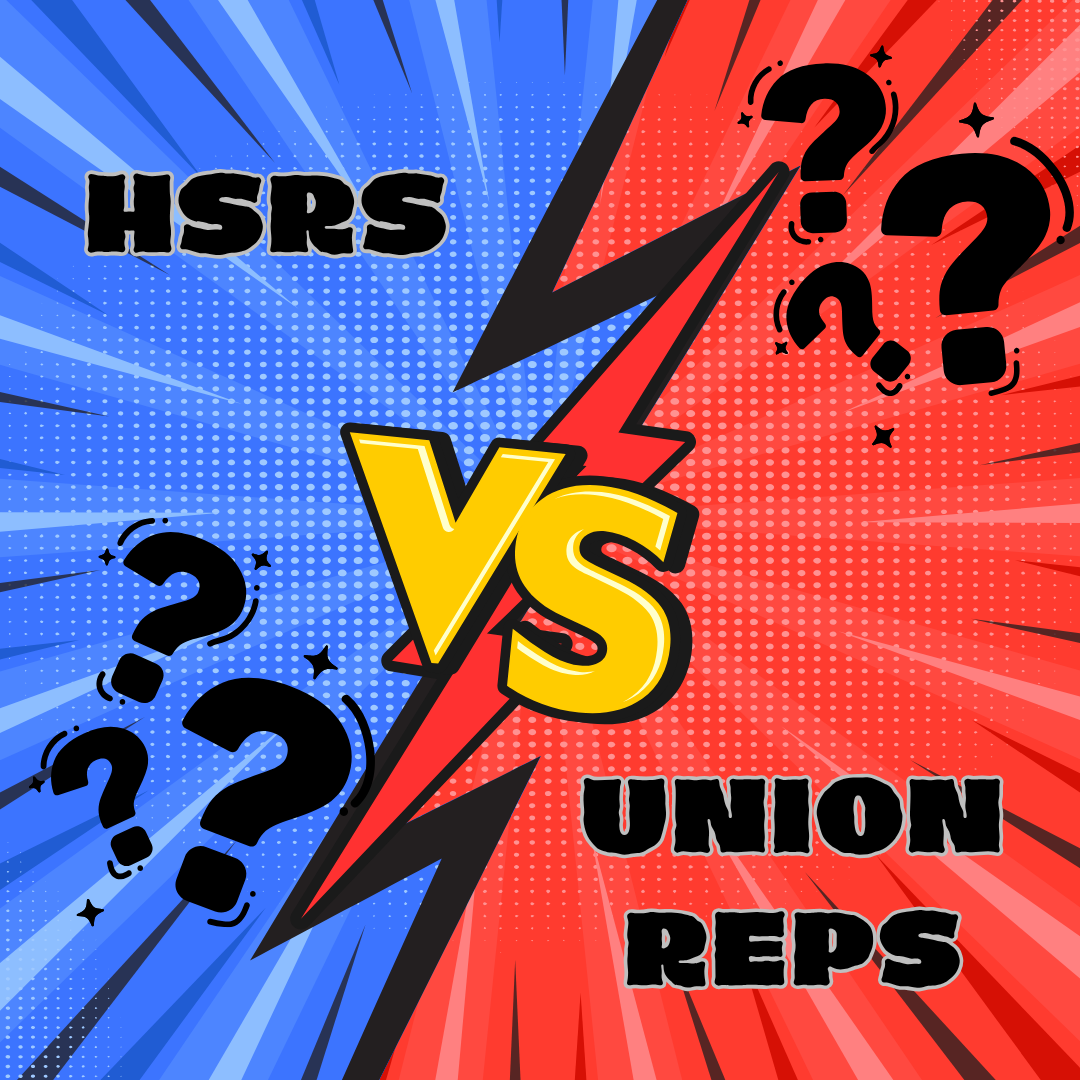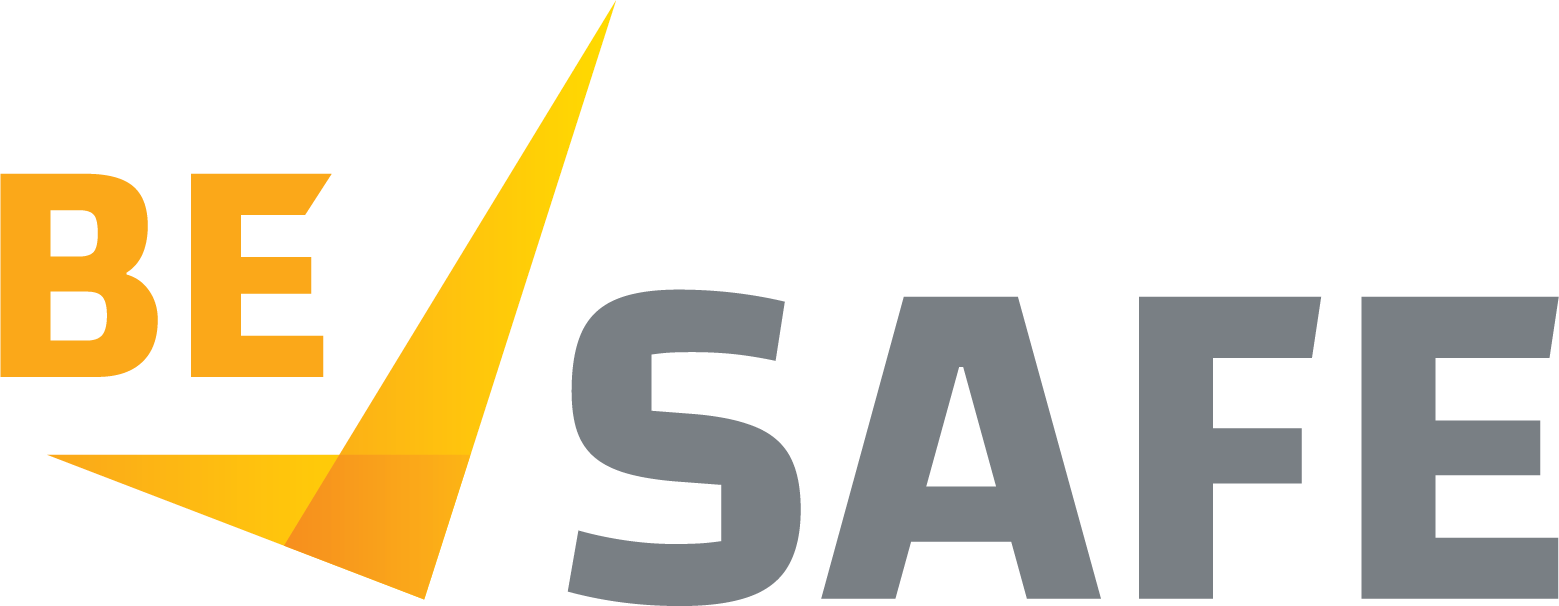HSR of the Year.
The Annual WorkSafe Awards night was held last week. As always, the highlight was the Health and Safety Representative of The Year Category. We all know what amazing work HSR’s do every day across Victoria to keep workplaces safe and it was great to see a handful of them called out for their great work.
The finalists for 2025 were:
- Barry McKenna – from United Petroleum Hastings Terminal
- Cameron Barber – from Delcon Civil
- Cameron Middleton-Else – from Wodonga Middle Years College
- Danny Humphrey – from Qenos
- Mick Puche – from Glenelg Shire Council
- Sue Healey & Melissa Courts – form Echuca Regional Health
Each of these HSRs was nominated for the award by someone who had seen their outstanding commitment to health and safety. They each had a particular challenge to deal with at work and had persevered until they got the right safety outcomes for their co-workers.
This year, the winner of the award was Mick Puche. As a plant operator and with a previous workplace injury where he lost a finger at work, he is a dedicated advocate for health and safety. Find out more about Mick here: HSR of the Year - Mick Puche | Glenelg Shire Council
Another award on the night was the Worker Return to Work Achievement. The finalists were:
Matthew Manley – from Kinross Farms
Nicholas Johansen – from Mainstream Aquaculture
Steel Anderson – Steel Anderson Carpentry
The award went to Matthew Manley. Find out more about Matthew here: Worker Return to Work - Matthew Manley | Kinross Farms
All three of these workers had suffered severe injuries in their workplace. It was such an important reminder of how important safety is. This award focused on their return to work, but we all know that there are many workers who are so severely injured, physically and mentally, that they will never make it back to work. The work of all HSRs is targeted at preventing such terrible incidents – so that no one has to endure what these three workers, and countless others, experience.
HSR’s, as the workers' representatives, are integral to genuine and meaningful consultation in the workplace. Every workplace should have legally elected and trained HSR’s, with safety structures in place. One can’t help but wonder how much safer the workers of Victoria would be if every workplace had HSR’s!
If you need help with setting up safety structures in your workplace, running HSR elections, or HSR training and support – don’t hesitate to get in touch: HSR Training and support | BeSafe | Regional Victoria




